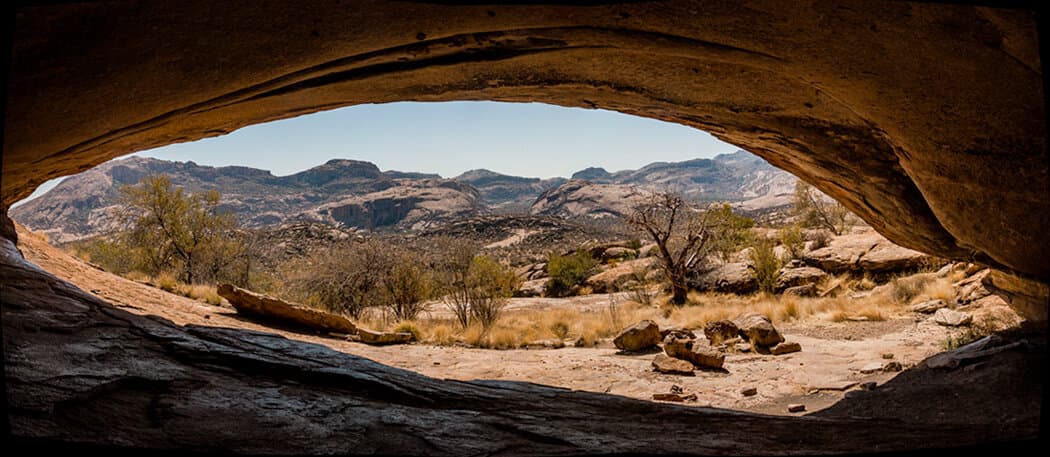Talk about snail mail! That’s putting it mildly. Are the loved ones back home all right? Will head office send the urgently needed bibles or not? German missionaries in Namibia used to have to wait two years before they received an answer to letters sent to the home country. Every now and then they waited in vain. Around 1840 the mail route was not only very long but was also dangerous.
At that time, of course, postal services did not exist. Missionaries sent their letters by runner or asked travellers to carry them home. The first postal runner service in today’s Namibia was established in 1814 between the missionary stations of Bethanien and Warmbad. Letters to Germany had to be sent via Cape Town and Great Britain, the colonial power, because German ships had as yet no particular reason to call at the coast of South West Africa on a regular basis.
The surface route was the biggest challenge. Namibia’s first postmen were real heroes who certainly deserve to be honoured. They covered hundreds of kilometres on foot, in the murderous heat of summer and bitter cold of winter. They were able to carry up to 17 kg of mail. The mailbag was tied to a stick that they carried on one shoulder and a bag carrying their provisions was attached to the other end of the stick. They took around 12 days to get from Windhoek to Walvis Bay.
 Postal runner on the Tsumeb – Ondangwa route with post bag and pouch of provisions. Photo: Walter Moritz
Postal runner on the Tsumeb – Ondangwa route with post bag and pouch of provisions. Photo: Walter Moritz
Apart from the exertion, postal runners also had to withstand many dangers. One of the runners who was the communication link between the mission stations of Bethanien, Warmbad and Kommagas, disappeared one day. Tracks were found shortly afterwards which led to the assumption that he had fallen prey to a lion. One of his successors met with the same fate. In this case, however, neither the postal runner’s mortal remains nor the mail was ever found.
The first postal agency for South West Africa opened in Otjimbingwe on 16 July 1888. Why Otjimbingwe? Because the office of the Reichskommissar, chief administrator of the “Protectorate of German South West Africa”, which had been proclaimed by Imperial Germany in 1884 was there.
The beginnings of the postal service were very modest. The post office was a small hut and the full-time police constable doubled as postmaster. For many years letters and parcels were also distributed via the mission stations. The postal agency was transferred in October 1891 from Otjimbingwe to Windhoek, where a fort had been built in which the imperial commissioner had taken up residence.
After the construction of the railway line from Swakopmund to Windhoek, the number of post offices mushroomed. In 1907 a well-organised public postal service was established. A regular shipping service was also started between Swakopmund and Germany. The two-year wait that a German missionary had to endure in 1840 before receiving an answer to his letters had shrunk to just six or seven weeks.




SUBMIT YOUR COMMENT